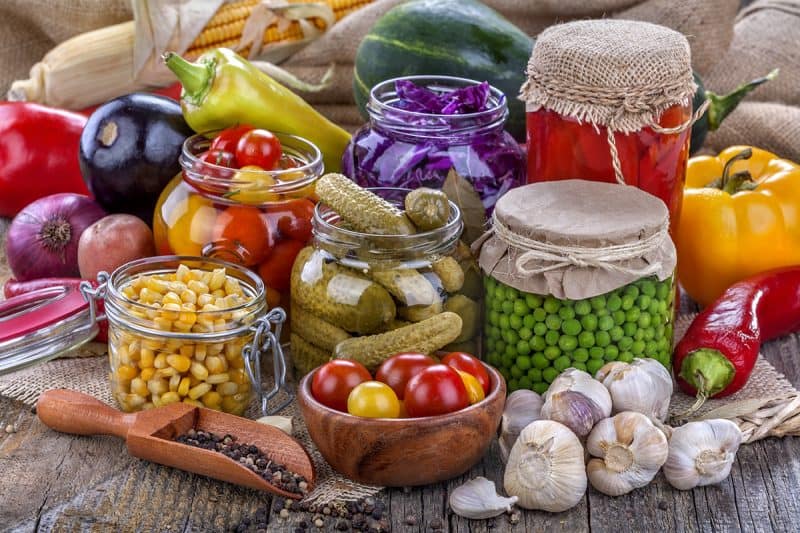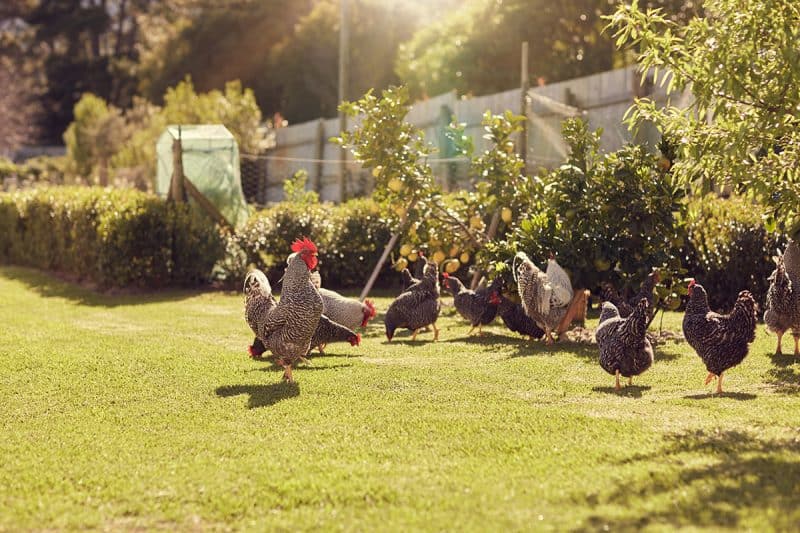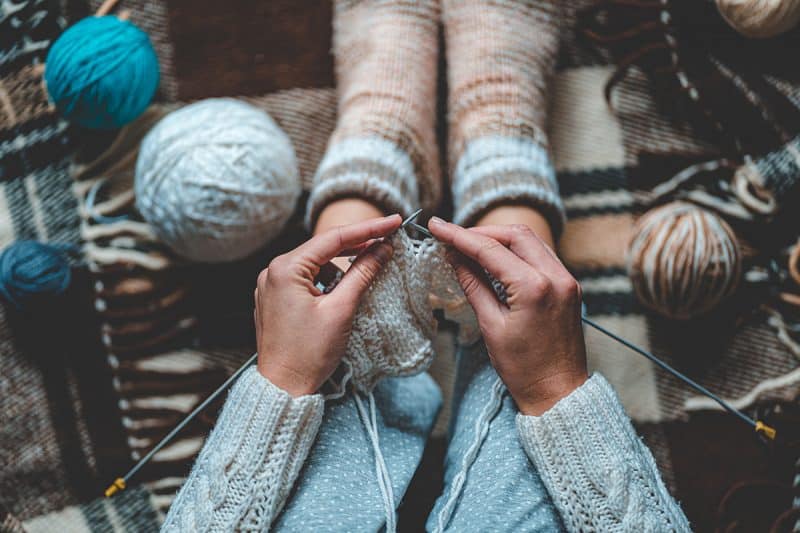We’re going to go into the four most common types of homesteading shortly. They’ll give you an idea as to what you can achieve with every type of space you have available to you. That said, there are certain practices that are very common to homesteaders worldwide. You don’t need to take part in all of them, of course, but you may want to incorporate some of them into your own plans.
Growing and/or Preserving Your Own Food

This is pretty much the foundation of modern homesteading. People grow whatever they can with the space they have available to them. Then, they preserve the harvest by canning, pickling, dehydrating, or freezing.
Alternatively, if you can’t grow your own food, you can still buy in-season produce from farmer’s markets. Dedicate a few hours to food preservation every other weekend, and you’ll have that pantry stocked in no time.
Raising Livestock
Many, if not most, homesteaders raise animals for one reason or another. The most common choices are chickens, but you could have ducks, geese, goats, sheep, cows, or various other species. It all depends on how much space you have, what you want to achieve, and what you’re comfortable with.

Do you want fresh eggs? Aim for chickens or ducks. How about fresh meat? Ask yourself whether you’ll be comfortable killing and eating animals you care for daily. If you’ve never butchered a chicken or rabbit before, go try that skill out at a farm first. If you feel that you can do so quickly and humanely, you can add livestock to your homesteading list.
Cooking from Scratch
Most homesteaders eschew pre-made foods in favor of making nutrient-dense, whole foods themselves. Prepare nourishing soups and stews instead of buying mass-produced canned ones. Learn how to bake bread. Mill flour from grains and seeds with a coffee grinder or hand mill.
Living in Harmony with the Land
One key aspect of homesteading is respecting and nurturing the land you share. Those who have already embraced eco-friendly products and practices already have ideas about this. Aim for organic cleaning and personal care products that won’t pollute the water table.
Hang laundry to dry instead of tossing it in the machine. Pull weeds instead of spraying chemicals on your lawn. Leave portions of your land wild to provide natural habitats for native pollinators, birds, and amphibians.
Making Your Own Household Items
When our ancestors needed various household items, they didn’t just pop down to the store to buy cheap overseas imports. They made as many as they could. This included carving utensils like spoons and cooking implements. Making their own arrows and fish traps, as well as throwing pottery for plates, bowls, and more.
Do you know how to weave a basket? Or build a chair? Could you create a makeshift oven if you needed to? How about building a barn or chicken coop? Some homesteaders also build their own cottages or cabins, but that’s a whole other article altogether.
Working with Textiles

Being able to make your own clothing and other textiles is vital for self-sufficiency. If you’re so inclined, learn how to spin various fibers into thread or yarn. You can use these for weaving, knitting, crocheting, felting, naalbinding (nålebinding), etc. Learn sewing basics, so you know how to make basics like quilts and simple clothes.
Reusing as Much as Possible
Early homesteaders (actually, most of our ancestors in general) didn’t waste much of anything. Today, many indulge in the common practice of throwing away leftovers, cooking scraps, torn clothing, and broken items. Learn how to reuse these in creative ways so very little goes to waste.
Keep a container in the freezer for scraps left over from cooking various meals. When the container is full, use them to make soup stock. Then compost whatever is left over to transform it into nutrient-rich soil. Learn how to darn socks and mend clothing. Transform worn-out cotton clothes into handkerchiefs, save other fabric bits for quilts or rag rugs. Save candle butts to meltdown and re-make. Same with soap slivers.
Get creative!
